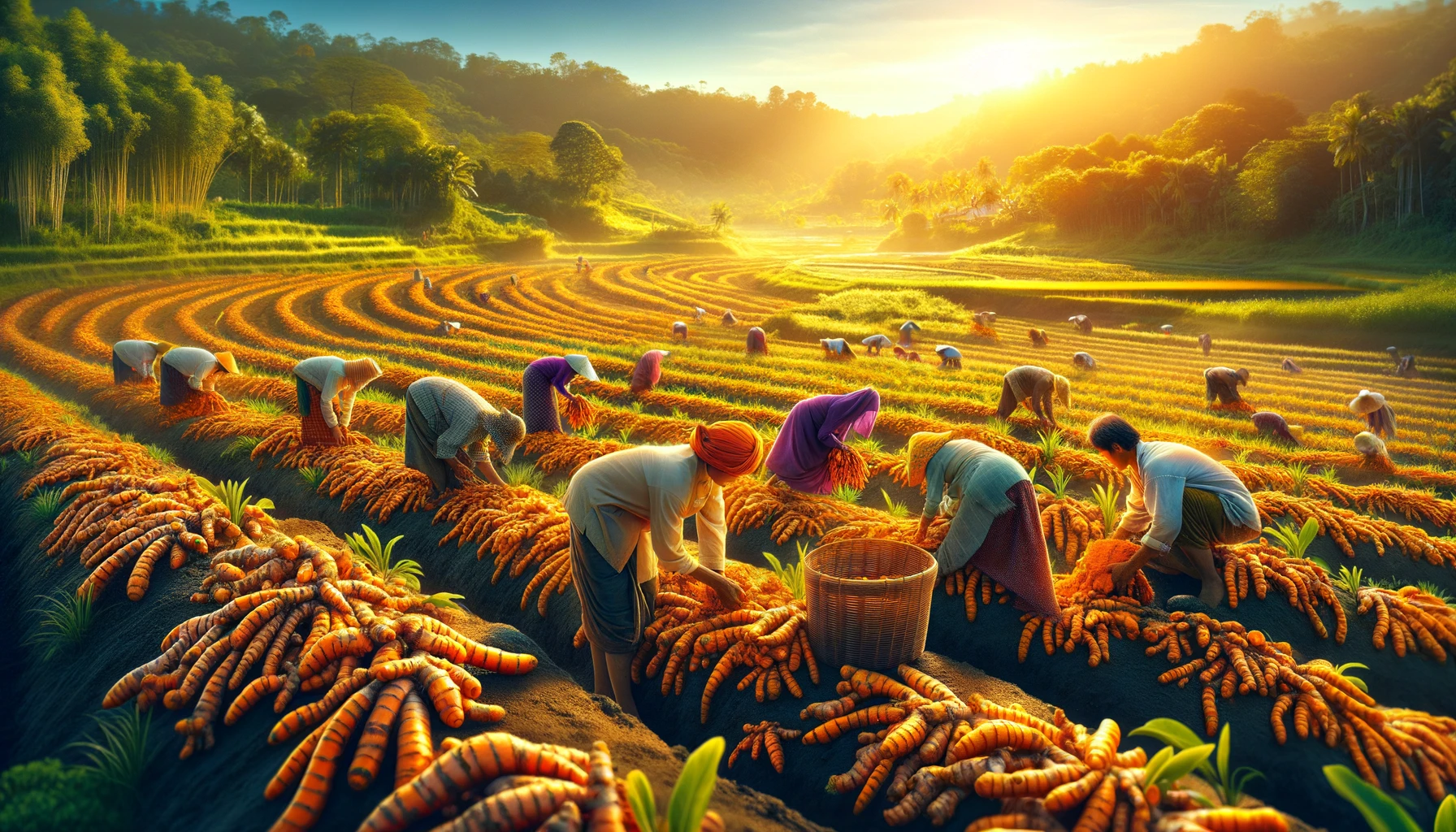How Turmeric Is Made?
Turmeric is made by harvesting the rhizomes, or underground stems, of the Curcuma longa plant. The rhizomes are cleaned, boiled, dried, and then ground into a fine powder, resulting in the spice known as turmeric.
Further Explanation
The production of turmeric involves several steps from harvesting to processing:
- Harvesting: Turmeric comes from the rhizomes, or underground stems, of the Curcuma longa plant. The plant is typically ready for harvesting after 7-10 months of cultivation when the leaves and stems start to dry out. Harvesters carefully dig up the rhizomes to preserve their integrity.
- Cleaning: Once harvested, the turmeric rhizomes are cleaned to remove dirt and other impurities. This is usually done by washing and scrubbing the rhizomes.
- Boiling: The cleaned rhizomes are then boiled or steamed to prepare them for drying. Boiling helps to coagulate the curcumin, the active compound in turmeric, and facilitates the removal of the outer skin, making it easier to extract the spice.
- Drying: After boiling, the rhizomes are spread out to dry. Traditionally, they are sun-dried, but in modern processing, mechanical dryers may be used. Drying is a crucial step as it stabilizes the turmeric, prevents mold growth, and ensures a longer shelf life.
- Polishing: Some processing methods include polishing the dried rhizomes to enhance their appearance and remove any remaining outer skin.
- Grinding: The dried and polished turmeric rhizomes are then ground into a fine powder. This can be done using various methods, including grinding stones, mills, or modern machinery.
- Packaging: The final ground turmeric is packaged for distribution and consumption. It is commonly available in both whole dried rhizome form and as a powdered spice.
Throughout this process, care is taken to preserve the quality of the turmeric and its active compounds. The result is the familiar bright yellow powder with a warm, earthy flavor that is widely used in culinary dishes, beverages, and traditional medicine. The process may vary slightly depending on regional practices and whether the turmeric is produced on a small scale or through industrial methods.
